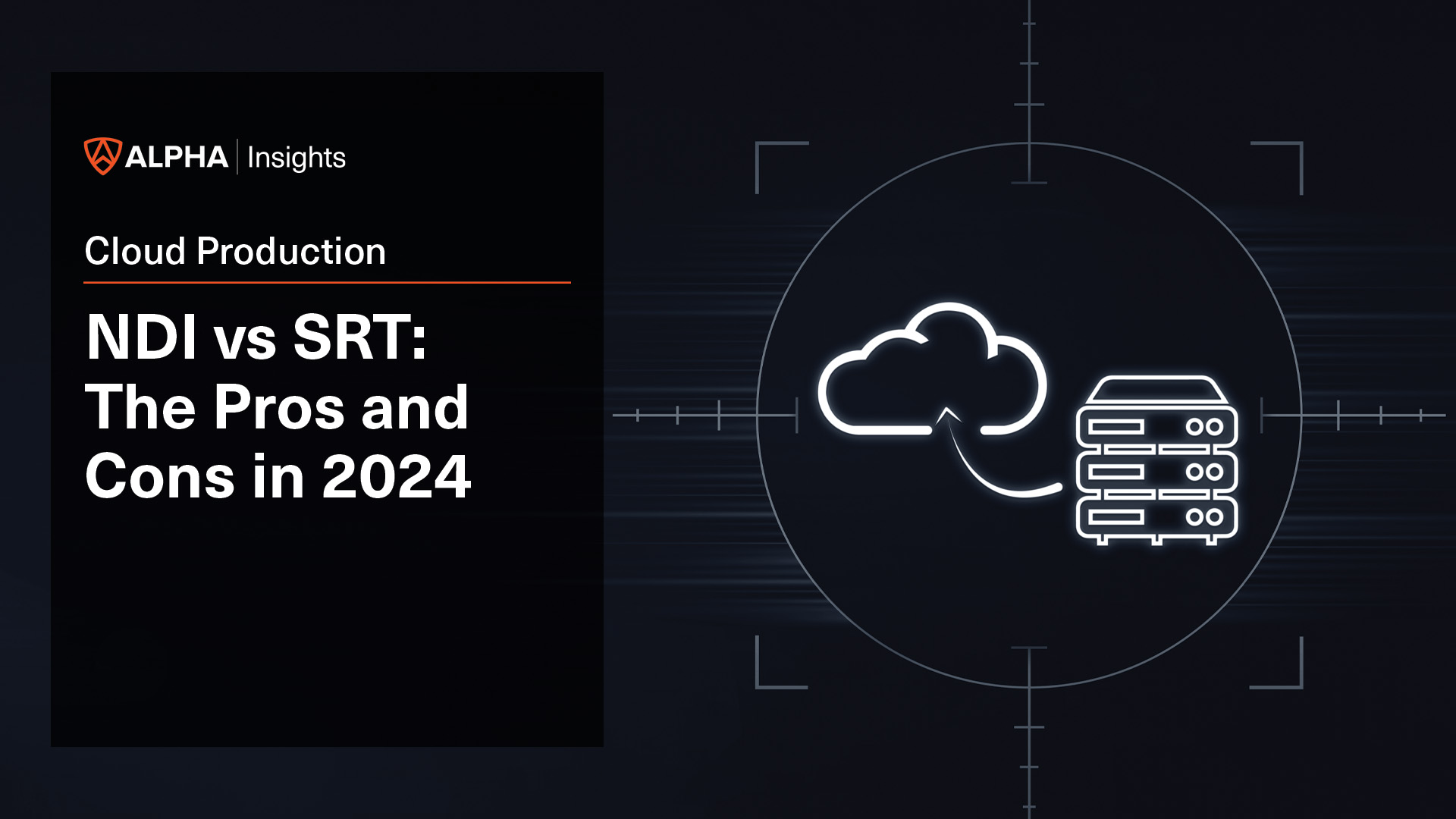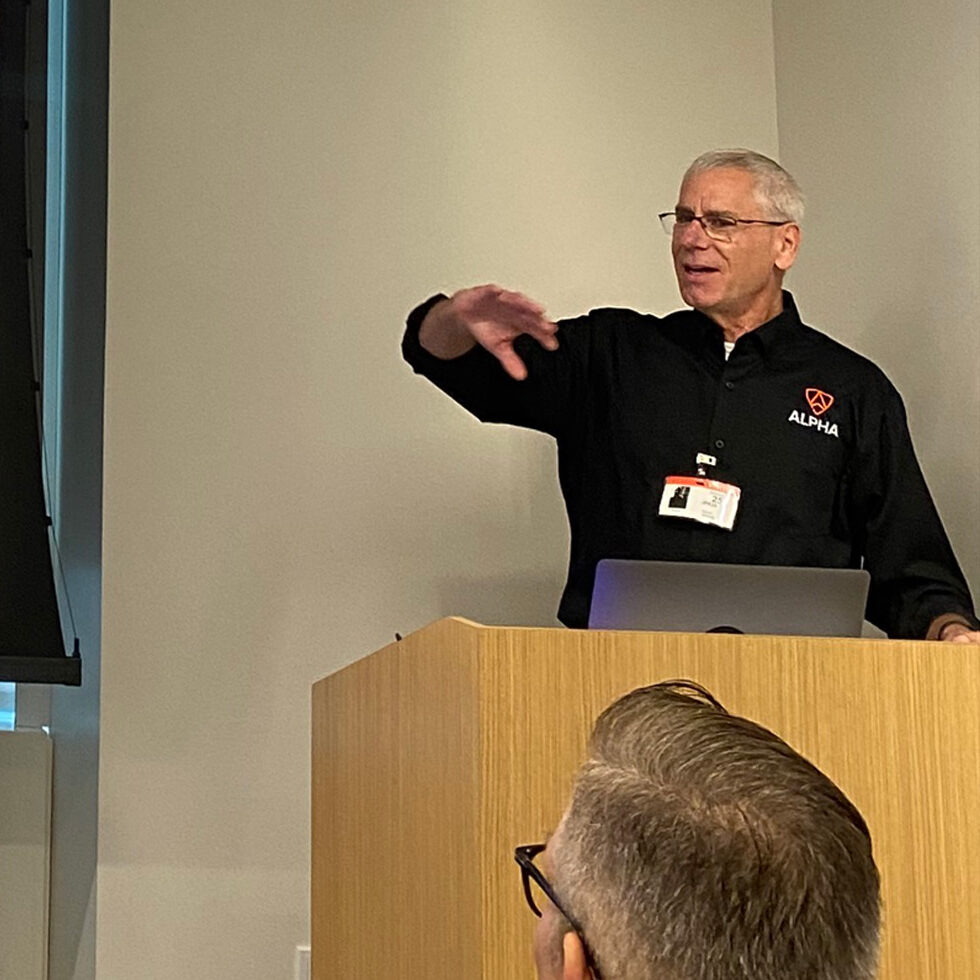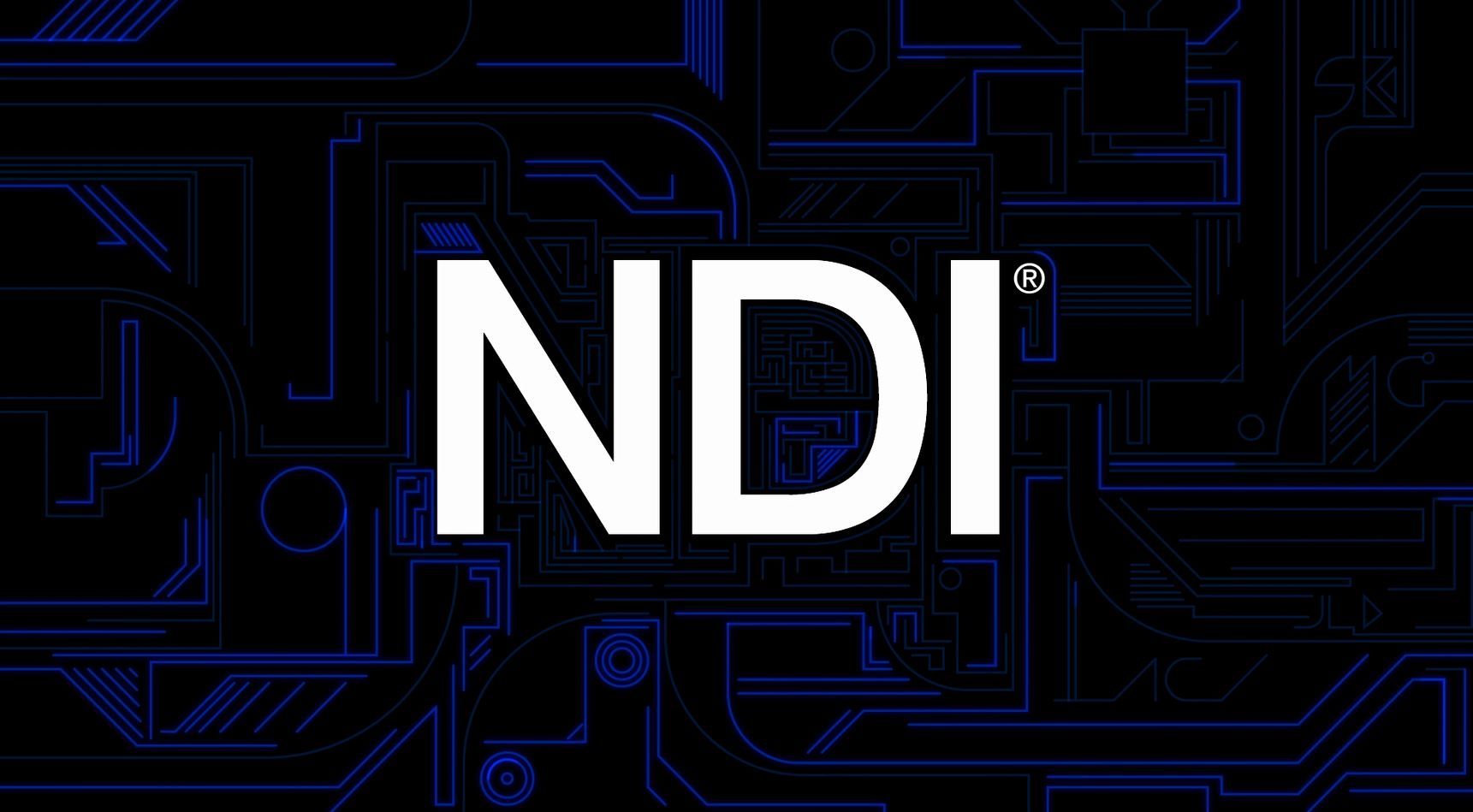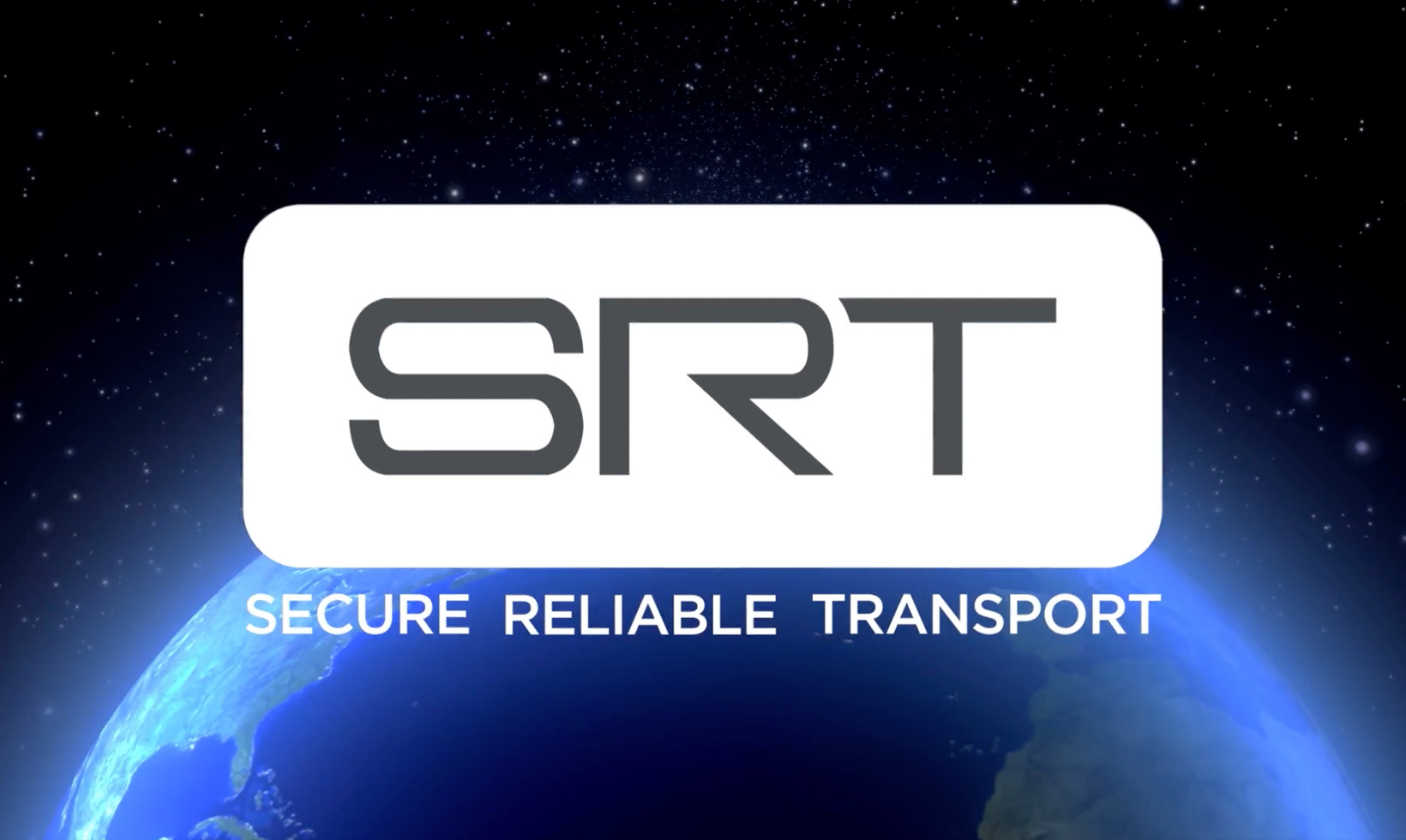NDI vs SRT in Cloud Production: Pros and Cons in 2024

Starting Out: NDI vs SRT
Bryan Nelson of Alpha, an expert in cloud solutions who recently participated in an AWS Media Day event at the NAB NYC Show regarding Cloud live production, talks about a principal challenge in the world of cloud production for news and sports: video contribution and distribution – how to get live video into and out of the cloud, and how to deliver the content to the viewers. There are several methods to do this, and this article focuses on the two dominant open SDK protocols: NDI, or Network Device Interface, developed by NewTek; and SRT, or Secure Reliable Transport, developed by Haivision.
Why cloud production has gained popularity

Virtualized, or cloud production, is an important development in live broadcast production. You can produce live video content from anywhere and deliver anywhere. It supports multiple studios and event spaces, allowing you to bring together the best talent from around the world to collaborate on a single production. Moreover, it gives you incredible flexibility – enabling you to scale out without forcing CapEx investments on permanent facilities or control room refreshes.
“With the cloud, you’re essentially renting infrastructure,” says Bryan. “Instead of purchasing your own, and then updating it every few years followed by regular replacement, you can take advantage of the latest technology without the burdens of ownership.”
Using tools such as Sienna Cloud, decentralized SRT/NDI production is straightforward and efficient.
Considerations when choosing NDI vs SRT
If you’re considering your options for one option or the other, it’s important to note that there are essential differences between NDI vs SRT, specifically surrounding how you get your video to the cloud, and how to get it out of the cloud. Gain a clear understanding of each protocol’s strengths and weaknesses and you’ll be able to make informed decisions about which protocol best meets your needs.
The strengths and drawbacks of NDI

NDI was developed in 2015 by NewTek as a means to send video bidirectionally across local area networks, or LANs, in an era – not all that long ago – when the public internet simply didn’t have the capacity to handle high-resolution video files. Today a number of complementary technologies – including Sienna NDI for Cloud, NewTek NDI Bridge, and BirdDog Cloud – have been developed to compensate for the fact that NDI wasn’t designed to traverse the public internet.
Why is NDI problematic for internet protocols? Because it’s a very high-bandwidth technology, which can exceed 125 Mbps. “That’s fine for LANs, which are wired networks with high capacity,” explains Bryan, “but it lacks the compression necessary for the internet. Downscaling the signal without compromising the key advantages of NDI is where products like Sienna NDI for Cloud come in.”
Using these “modifications,” NDI’s enables multiple video systems to identify and communication with one another over IP and to encode, transmit and receive many streams of high-quality low-latency, frame-accurate video and audio in real time. It can benefit any network-connected video device, including video mixers, graphics systems, capture cards and many other production devices. NDI can also include key and fill, allowing graphics overlays on top of video. Moreover, its bidirectional nature enables intelligent networks that include PTZ control, tally, and under-monitor display, as well as auto-discovery of sources on the network.
NDI is also very popular on the ground, as it was developed to coexist with existing ground-based technology infrastructures. So, while it may seem burdensome to have to employ a technology like Gallery Sienna NDI for Cloud in order to use NDI for video contribution and distribution, it has the advantage of being compatible with much of your on-premise hardware.
Two other things you need to know about NDI: It lacks forward error correction (FEC), which can lead to choppy video, and encryption is not inherent to NDI. If you send it across the internet, it can be found and viewed by those who intercept it. “There are ways to compensate for these weaknesses,” says Bryan, “But it’s worth understanding the nature of the technology.”
The strengths and drawbacks of SRT

SRT currently dominates the market, handling 85% of remote production video contribution and distribution vs. about 15% for NDI. That’s not to say that SRT (and its lesser-used companion, RIST) is a superior technology, however. True, it was developed to enable video streaming over the internet, and includes mechanisms for error recovery, packet loss correction and bandwidth estimate to ensure a reliable and high-quality video stream in challenging network conditions. It also incorporates encryption to secure the video stream. And like NDI, it’s open SDK and is thus designed to promote interoperability and the creation of a broad ecosystem of compatible technologies. However, SRT does have distinct limitations.
“The key thing to note about SRT is that while it was developed specifically for internet transport, it was not developed at a time when complex live cloud production was feasible. That sometimes requires additional functionality that SRT does not have,” explains Bryan. In this sense it is more rudimentary than NDI. It does not allow for PTZ, tally or UMD because it was designed simply to transport content from point A to point B. As with NDI, there are technological fixes to address some of these issues, but they tend to be more cumbersome peripherals than those used for NDI.
Before Cloud became popular, SRT was the main way to get video across facilities around the globe. This accounts for its dominance in the market. It predates the cloud and was, for a while, the best and most efficient way to contribute and distribute high-quality video content. Moreover, it performs just fine for certain kinds of live productions, including many sports. A football game, for example, does not require PTZ, tally, or UMD for the most part. And today sports account for about 40% of live cloud production.
NDI vs SRT – Which protocol wins?
So, which is better for you – NDI vs SRT? The answer depends on the type of content you’re producing. As noted, SRT works well for remote contributions and distribution over the internet, while NDI, being bidirectional, excels in studio-based production. It also depends on the nature of your existing broadcasting infrastructure. If you have an extensive ground operation, NDI – even with its peripherals – may work best for you. NDI and SRT alike have gained popularity in recent years in response to the growing demand for efficient, reliable video transport solutions. “Here at Alpha, we recommend both NDI and SRT,” says Bryan, “but only after extensive discovery to determine which will work to realize each client’s specific vision. The answer to NDI vs SRT is not the same for everyone.”